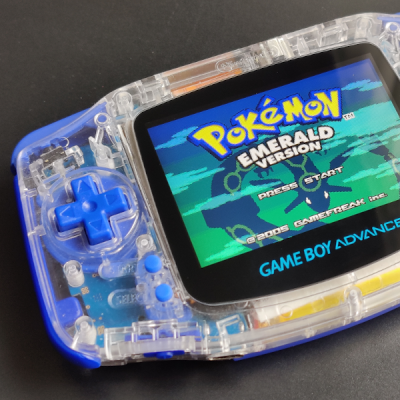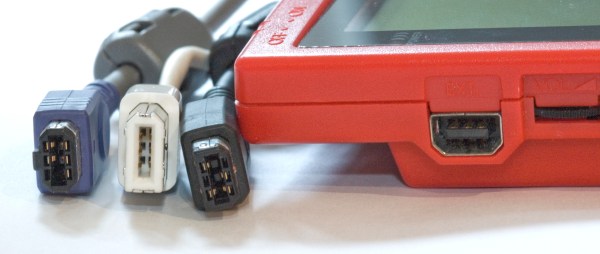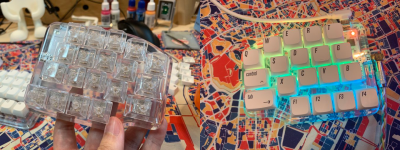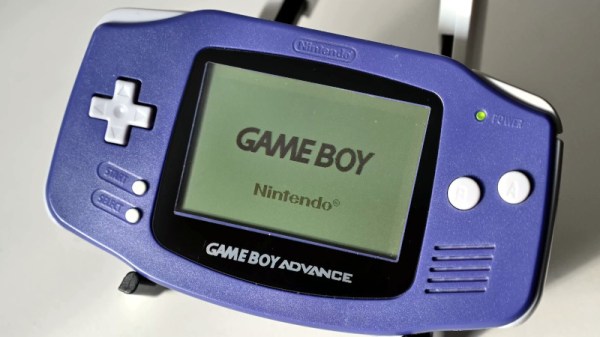How many people haven’t looked at their Game Boy Advance (GBA) handheld gaming device and wondered how much better it might be if it could run FreeDOS. Inside an 8086 emulator. If you’re like [ZZAZZ] and similarly suffer intrusive project-related thoughts, then this might be a moment of clear recognition, somewhat like sharing one’s story at a Programmers Anonymous meeting, but we digress.
In the video, the basic premise of making even the 8086tiny emulator work on the GBA seemed improbable on the outset – courtesy of the rather limited memory environment provided by the GBA – before even daring to look at things like disk access.
However, letting silly things like segmented memory and mismatched memory addresses deter us from pleasing said intrusive thoughts would be beyond the pale. Ergo we get a shining example of how days of rewriting code, stripping code, debugging code, fixing alignment issues in code and writing work-arounds for newly discovered issues in code can ultimately lead to the proud moment where FreeDOS boots on the GBA.
Granted it takes over an hour to do so, and has to be started from a butchered Pokémon Emerald save file, courtesy of a well-known exploit in that game, thankfully preserved in counterfeit cartridges.
Admittedly we’re not sure what practical applications there are for FreeDOS on the GBA, but that’s never stopped hackers from taking on impossible projects before, so there’s no sense letting it get in the way now.
Continue reading “Running FreeDOS And 8086tiny On The Game Boy Advance Because You Can”





 The port looks fantastic, with all the fast-moving arrows and lovely sprite-based graphics you could dream of. But more than that, [Rodrigo’s] port is very fully featured. It doesn’t rely on tracked or sampled music, instead using actual GSM audio files for the songs.
The port looks fantastic, with all the fast-moving arrows and lovely sprite-based graphics you could dream of. But more than that, [Rodrigo’s] port is very fully featured. It doesn’t rely on tracked or sampled music, instead using actual GSM audio files for the songs.














